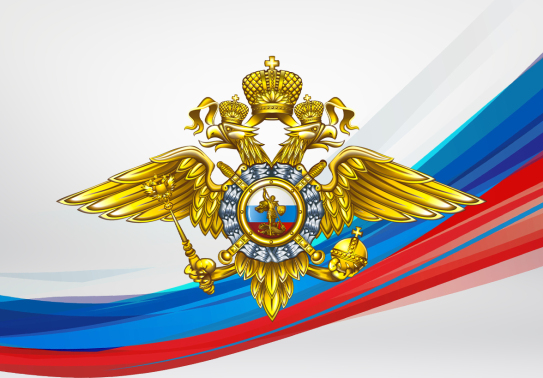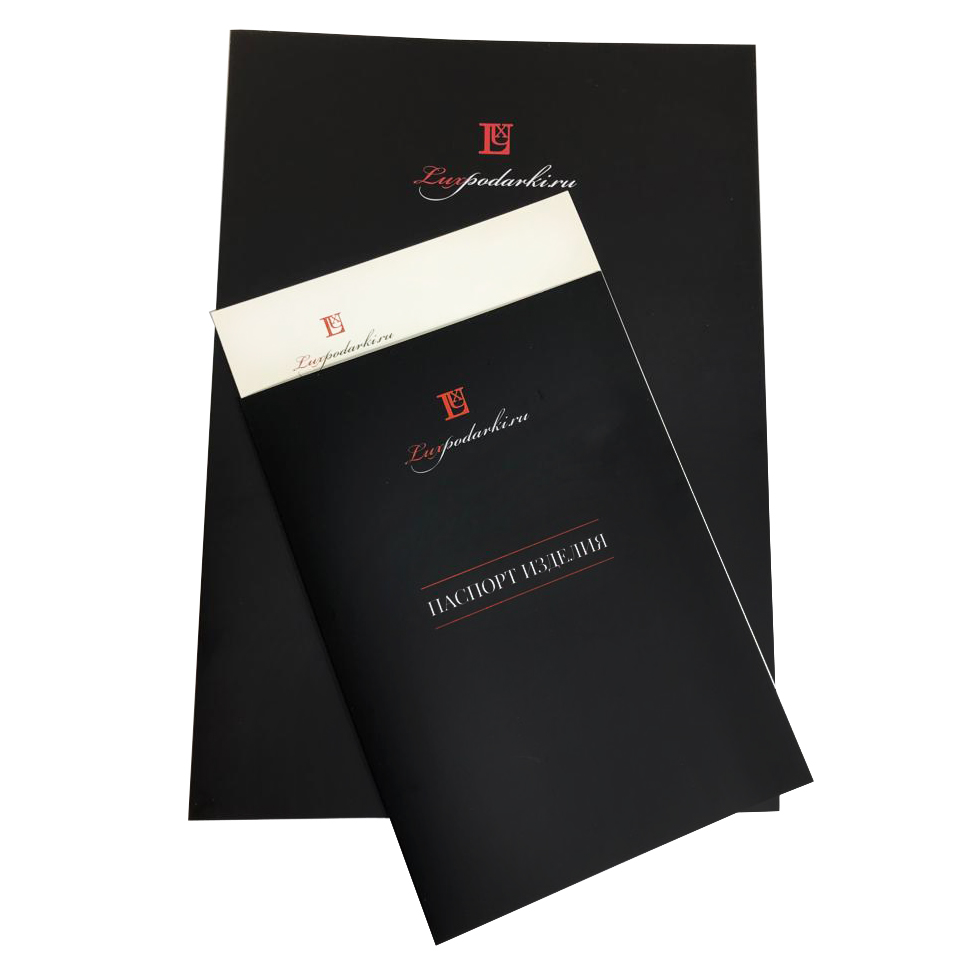Cutlasses: what are the types and how are they different
.jpg)
The dirk was once a cold weapon in the Navy. They say it was Peter the Great who introduced the fashion for wearing a dirk. And for good reason — it is more convenient for them to fight where they cannot turn around with a sword and a saber, after all, the dirk has a long and narrow dagger. But somehow it gradually turned into a ceremonial weapon. First, the blades began to be gilded and decorated with engraving, then suddenly ivory handles appeared... The revolution of 1917 not only abolished dirks, but also considered them a bourgeois relic. However, in 1940, this weapon again became an element of the military uniform.
The most interesting dirks in history
Previously, there were cutlasses of aviation, ground forces and naval, made according to the standard of the Russian Empire or the German army during World War II. I wonder how the pre-revolutionary Russian dirks differed from the German ones?
Cutlasses of Tsarist Russia
St. George's cutlasses decorated with the badge of the Order of St. George, enamel and gilding were popular. The Annensky dirk, engraved with the image of a double-headed eagle and a monogram with the name of Nicholas II, had a bone handle with the Order of St. Anna IV degree. The dirk of the aeronautical units of the period of the Provisional Government is four—sided, with a wooden scabbard covered with black leather. One of the rarest is the dirk of the customs guard of the western territories of the Russian Empire. It was distinguished by a curved blade and the image on the shield of a horseman riding on top of a double-headed eagle.
Weapons of Nazi Germany
At first, German cutlasses differed little from Russian ones, but over time they changed. Pronounced ribs appeared on the blade, and a ball appeared at the end of the hilt. German cutlasses were often decorated with naval symbols. With the coming to power of the Nazis, the dirks lengthened, the guard was already an eagle with folded wings, and the top of the handle was decorated with a swastika. Weapons of the Third Reich, like royal dirks, can still be bought in antique shops, and they are, of course, fabulously expensive.
Dirks are needed in different ways, dirks are important in different ways
History is history, and what types of cutlasses exist now in the Russian army?
Officer's
The appearance of the weapon is exactly the same as in the XIX century, and has not changed since then. The length of the dirk is 49 cm, the blade is 34.5 cm. On the scabbard decorated with semiprecious stones is the emblem of the type of troops, on the blade is a gilded engraving.
The General's
The length of the dirk is 44 cm, and the blade is 33 cm. But the peculiarity is different. The general's dirk has a very narrow blade — 1.7 cm at the hilt. In addition to precious stones, the scabbard has gold elements, and the blade is engraved with gold filigree.
Admiral's
These dirks are always asking for a museum, they are so beautiful, because there is no single standard for an admiral's dirk. Each of them is an author's work, although the uniform length of the weapon (44 cm) and the length of the blade (28 cm) are preserved. The surface of the dirk is engraved with gold and other expensive metals, and the scabbard is decorated with precious stones.
Sea
It looks exactly the same as in 1820, when, in fact, the standard for its manufacture was established. The length of the dirk is 40 cm, while the blade has 27.5 cm. And the blade itself is wide enough — 2 cm. This is the shortest cutlass of all varieties.
Award - winning
Award cutlasses are made according to individual patterns in different variations, there are no general rules. The initials of the person for whom the gift is intended, commemorative dates and inscriptions can be applied to the weapon.
Personal and personal weapons
There are two more types of cutlasses — nominal and personal. Personal ones are usually given for outstanding achievements in some field, if a person has made a special contribution to the development of Russia. Sometimes representatives of friendly states receive such a souvenir. First of all, it is a symbol of trust and cooperation. Personal dirks are given to graduates of military institutions, but they cannot be carried with them. Such cutlasses are part of the ceremonial military uniform.
Modern gift daggers are not edged weapons, since there is no sharpening on the blades. And they look more elegant and stylish than their military prototypes. So it remains to hang them on the wall and just admire!







